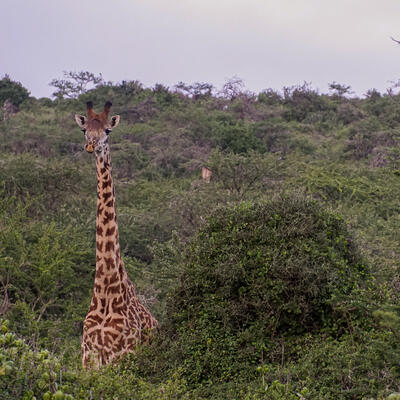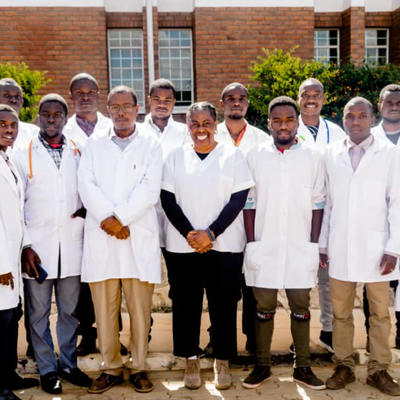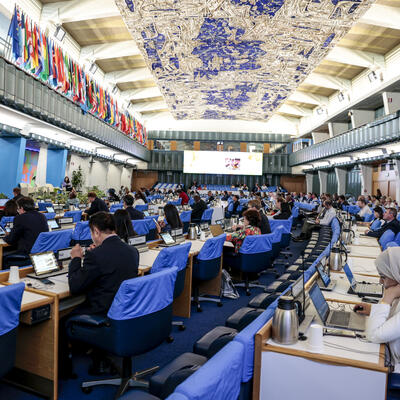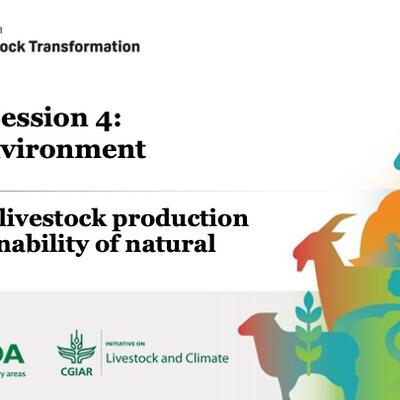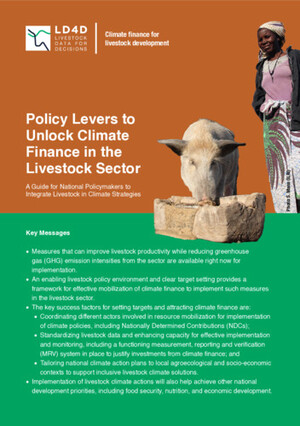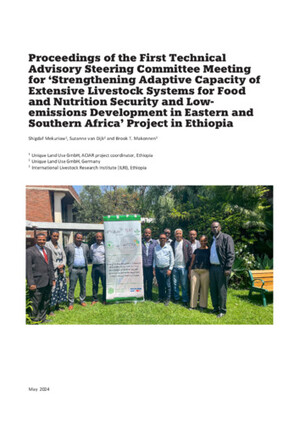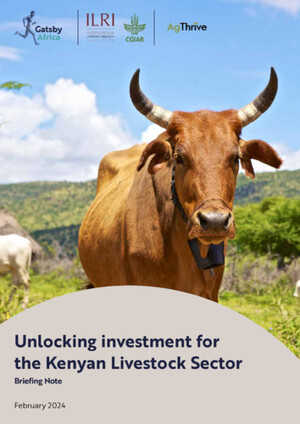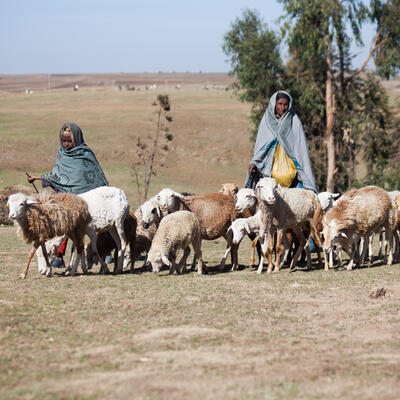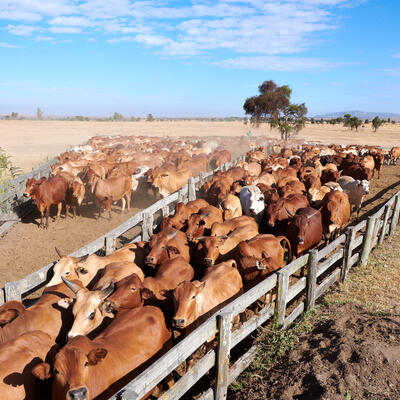
FOOD SAFETY: A point of departure for preventing diseases originating in the world’s food systems
Food plate in Vietnam (photo credit: CGIAR/Chris de Bode).
To mark
World Food Safety Day
today, 7 June 2020,
three of the world’s leading food safety experts
investigate opportunities for building back
better food systems and nutrition
in the wake of the COVID-19 pandemic.
Three scientists—Delia Grace Randolph, a veterinary epidemiologist who is professor of food safety systems at the Natural Resources Institute (NRI), in the UK, and a contributing scientist at the International Livestock Research Institute (ILRI), in Kenya; Bonnie McClafferty, food safety lead at the Global Alliance for Improved Nutrition (GAIN); and Elisabetta Lambertini, a senior research scientist in food safety for nutrition at GAIN—are collaborating in GAIN’s flagship EatSafe programme—’Evidence and Action towards Safe Nutritious Food’—funded by the United States Agency for International Development (USAID).
In this new blog article, they look at how we can better prevent, detect, report and respond to zoonotic disease outbreaks originating from our food systems and how we can reduce the chance of future pandemics.
World Food Safety day in 2020
falls during an ongoing pandemic
that has sickened millions,
killed hundreds of thousands
and cost trillions of USD.
‘The emergence of COVID-19 has been associated with wet or traditional markets . . . . In addition to well-known zoonotic diseases transmitted from domestic food animals to humans, many of the most catastrophic emerging diseases that have jumped to humans have originated from wild mammals or birds. . . .
If, as a thought exercise, we wanted to design an ecosystem that would help pathogens jump species barriers and make people sick and kill them, how would we go about it?
The first clue is that 75% of new human diseases come from wildlife, so to jump species, we would first need to create bridges or routes of connection between wildlife and people.
Since wild animals will avoid people, we would need strong incentives for people to get into contact with wildlife . . . .
Our current animal food supply chains are unfortunately very well suited to meet these conditions and transmit pathogens. . . . .








